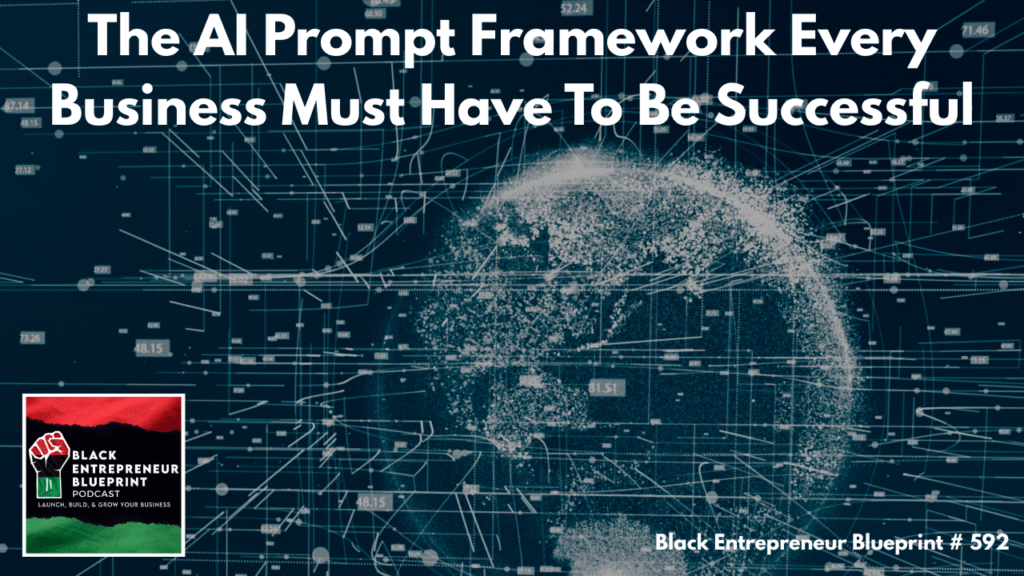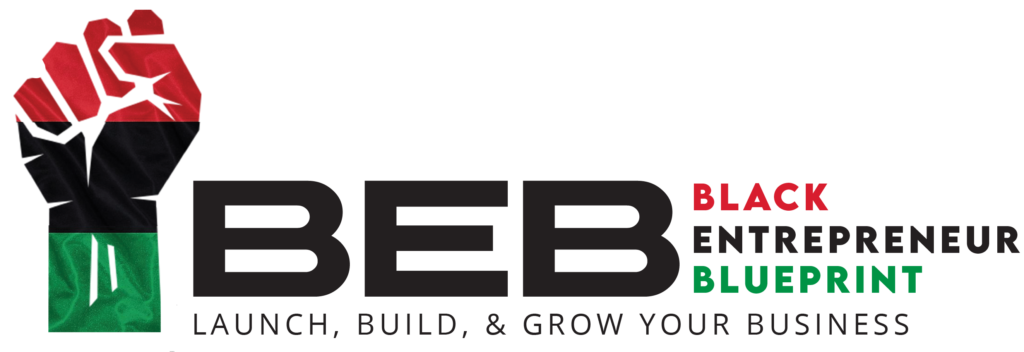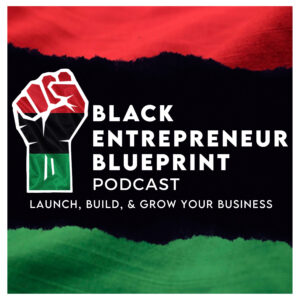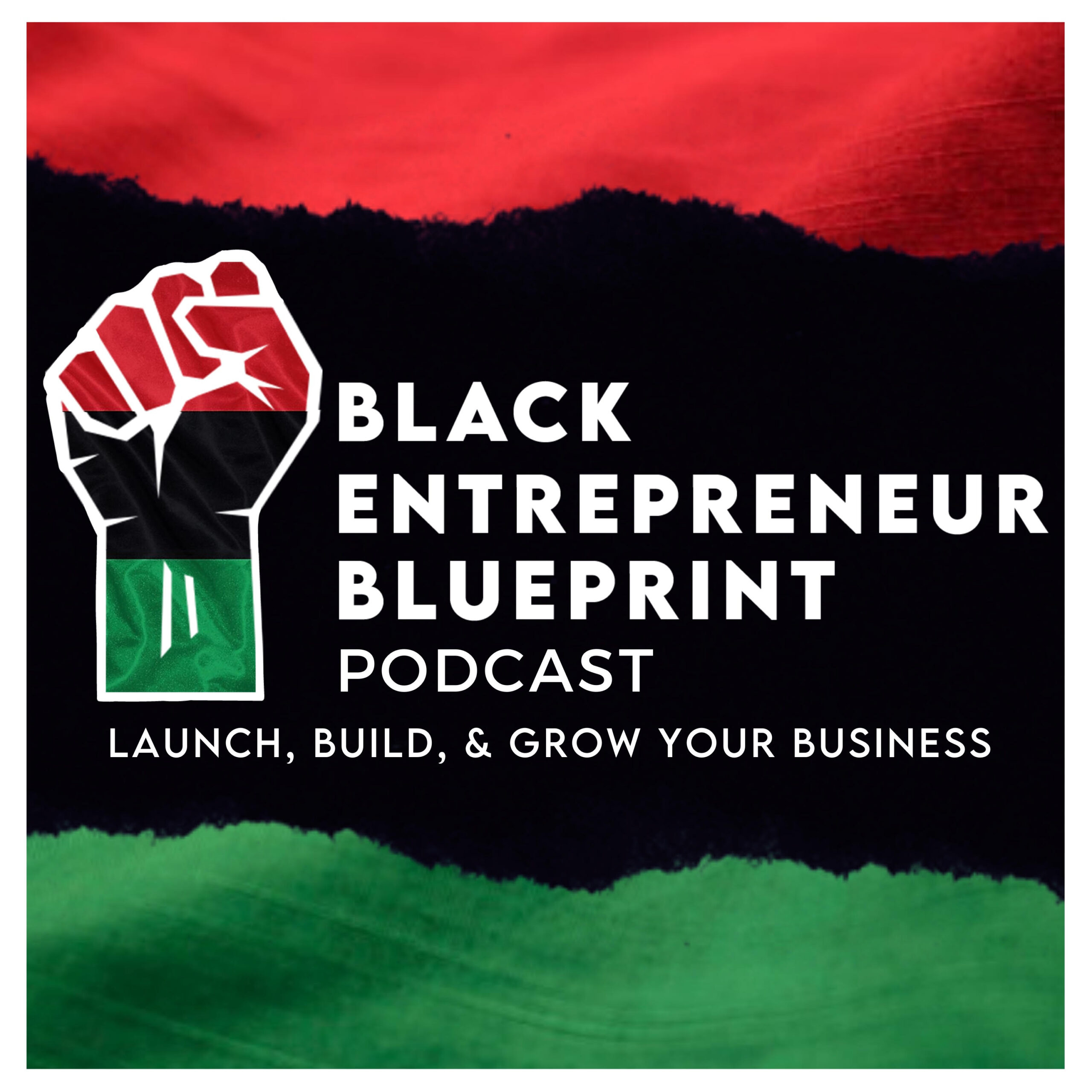AI isn’t coming; it’s already here. And the entrepreneurs who learn how to use it strategically will dominate the next decade. In this power-packed episode of the Black Entrepreneur Blueprint podcast, Jay Jones breaks down the ultimate AI Prompt Framework every business needs to boost productivity, create better marketing, and unlock next-level profits.
Whether you’re a solopreneur, content creator, or CEO, this episode will show you how to use AI as your unfair advantage to scale faster and smarter.
Tune in now and get the framework that will keep your business from being left behind.
GET YOUR OWN AI SALES AGENT
LEARN MORE ABOUT OUR 7 IN 1 SALES AGENT THAT CAN BOOK APPOINTMENTS, ANSWER CALLS, EMAILS, TEXT MESSAGES, FACEBOOK & INSTAGRAM COMMENTS, AND WHATSAPP. https://247aisalesagent.com/home-867748

LISTEN TO THE FULL PODCAST EPISODE
BLACK ENTREPRENEUR BLUEPRINT SHOW NOTES – EPISODE # 592
AI PROMPT FRAMEWORK
AI isn’t replacing entrepreneurs — it’s empowering the smart ones.
But here’s the secret most people miss: AI is only as good as the prompt you give it.
If you give it a weak prompt, you’ll get weak results.
If you structure your prompt right, AI becomes your marketing intern, your strategist, your copywriter — all rolled into one.
Today, I’m going to show you exactly how to structure the perfect AI prompt using a simple 4-part framework that I use in my own businesses every day.
The 4-Part AI Prompt Framework
1. ROLE – Define Who AI Should Be
The first step is to assign AI a specific role.
You have to tell it who to become before you tell it what to do.
When you say,
“Act as a master copywriter who specializes in creating high-converting sales funnels,”
You’re not just giving AI a job — you’re giving it context.
This tells the model what lens to use, what tone to take, and what level of expertise to respond with.
Pro Tip: Always be specific about the role. Don’t say “act as a marketer.” Instead, say “act as a digital marketing strategist who helps small businesses grow through email automation.”
This instantly upgrades your results from average to expert level.
2. GOAL – Define What You Want to Achieve
Next, you have to tell AI your end goal.
What do you actually want to accomplish?
For example:
- “My goal is to generate more leads for my coaching business.”
- “My goal is to write engaging Instagram captions that build brand awareness.”
- “My goal is to create a sales script that converts more prospects into buyers.”
This helps AI stay aligned with your outcome.
Without a clear goal, AI might give you content that sounds good but doesn’t move the needle.
Pro Tip: State your goal like you would to a team member on your staff. Clear, concise, and outcome-focused.
3. TASK – Tell AI Exactly What To Do
Now that AI knows who it is and what your goal is, you need to tell it the exact task.
Be as specific as possible about what you want created.
Examples:
- “Write a 3-email welcome sequence for new subscribers.”
- “Create 10 social media post ideas that position me as an authority.”
- “Draft a 60-second video script that promotes my new lead magnet.”
This is where most people go wrong — they give vague commands like “write something” or “help me with marketing.”
AI doesn’t guess well. The more specific you are, the better your output.
Pro Tip: Break big tasks into smaller ones. Instead of “write my marketing plan,” try “outline the 5 key marketing strategies I should focus on for my business model.”
4. INFORMATION – Give AI the Data It Needs
This is the most underrated part of the framework.
AI can only make sense of what you feed it — so you need to provide context, tone, examples, and details.
For example:
- “My audience is new entrepreneurs between 25–45 who want to leave corporate America.”
- “My tone should be motivational and educational, like a business coach.”
- “Include a call-to-action to visit www.BlackEntrepreneurBlueprint.com.”
When you give AI the right information, it delivers output that matches your voice, your mission, and your goals.
Pro Tip: Think of AI like an employee on day one.
The more onboarding you give it, the faster it performs at a high level.
Example of a Perfect Prompt Using the Framework
Act as a master copywriter who specializes in creating persuasive email funnels (ROLE).
My goal is to convert free subscribers into paying customers for my $7 tripwire offer (GOAL).
Write a 3-part email sequence that builds trust and creates urgency to buy (TASK).
My brand voice is conversational, motivational, and rooted in entrepreneurship. Each email should be under 300 words and end with a call-to-action to purchase (INFORMATION).
The result?
AI now understands who it’s speaking as, what success looks like, what to deliver, and how to deliver it.
So here’s the bottom line — AI isn’t magic. It’s a mirror.
It reflects the clarity and quality of the instructions you give it.
If you master this 4-step prompt framework — Role, Goal, Task, Information — you’ll start getting world-class results in half the time.
Because remember — it’s not about working harder, it’s about working smarter with AI.


